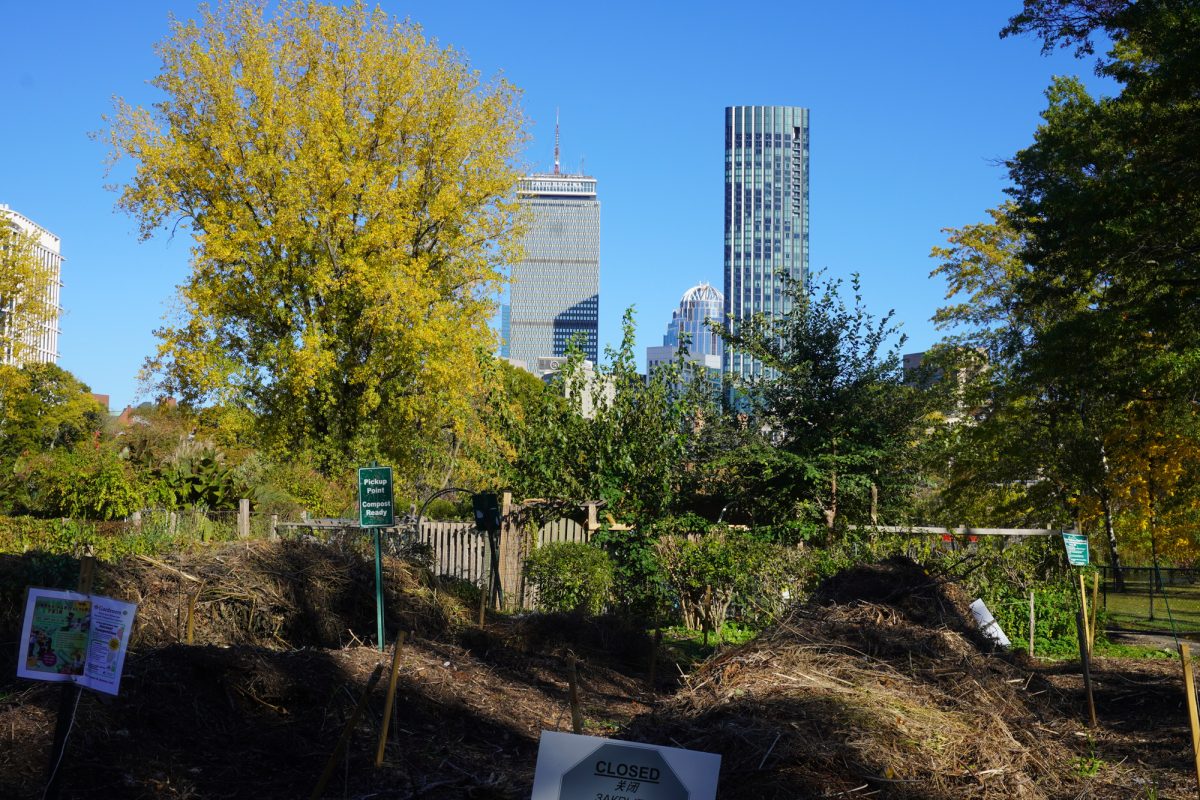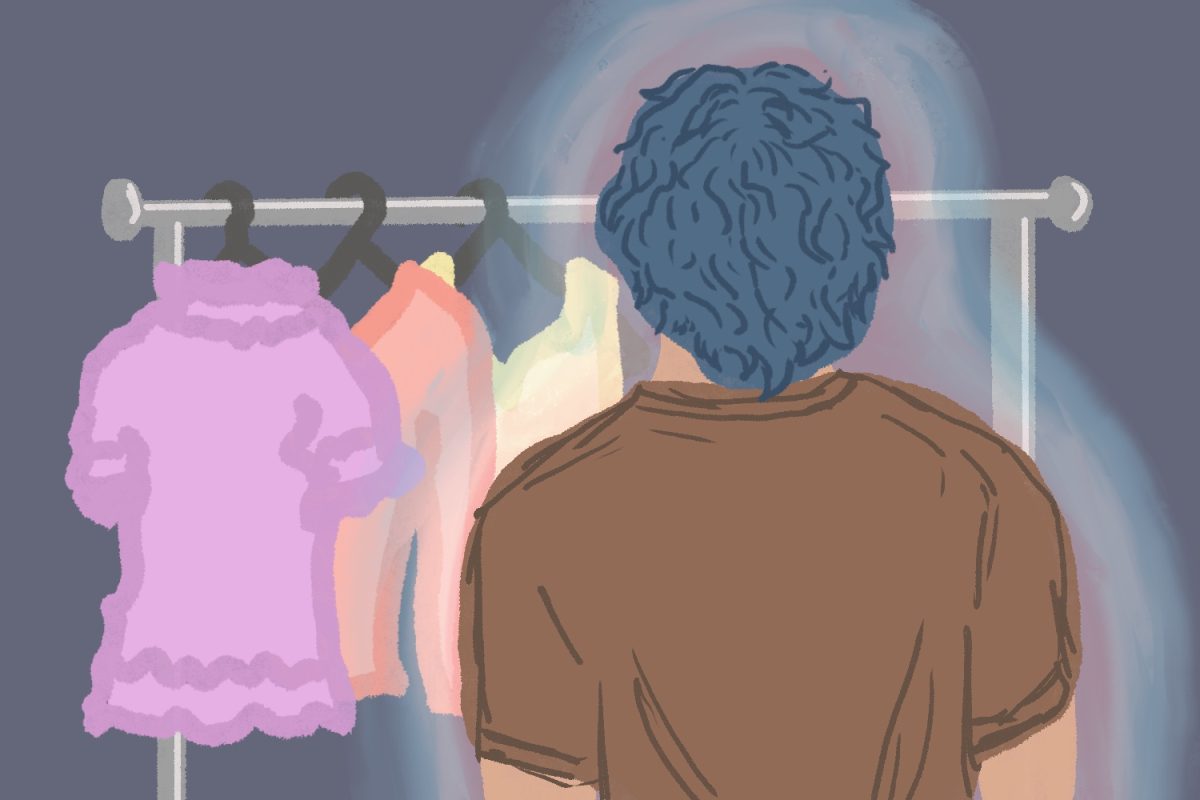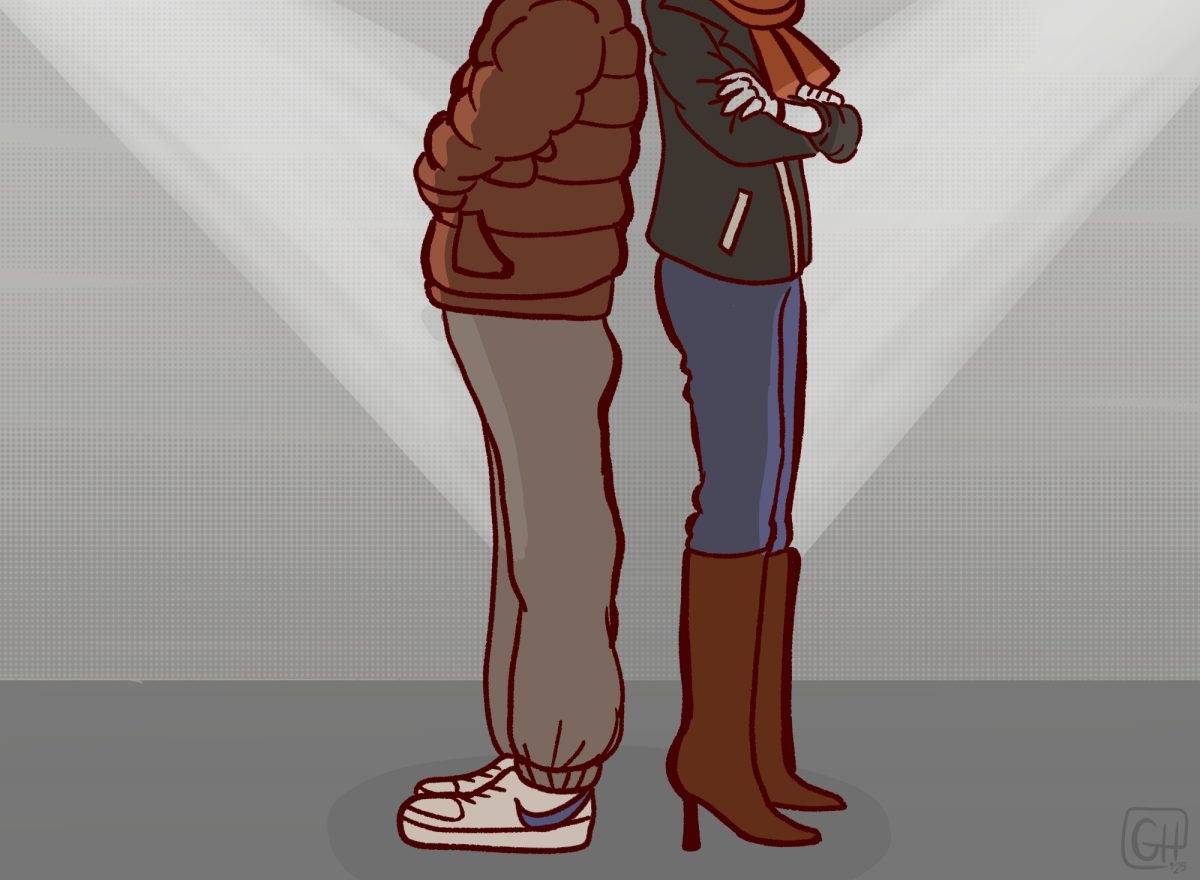POV: It’s 2009 and your first grade class is having a Halloween party.

Your teacher is playing the “Monster Mash” and everyone is dressed up in their costumes, drinking apple cider and eating doughnuts. There are no worries in the back of your mind about work you have to do, only excitement about going trick-or-treating later.
If you’ve ever been on TikTok around the beginning of the holiday season, you might have encountered point-of-view videos of this nature. It’s become something of a yearly staple to create montages of pictures taken in the 2010’s of classrooms decorated for holiday parties: think yellow buses covered in snow and/or classic holiday movies, overlaid with text hearkening back to the video creator’s childhood.
These videos are intended to bring their (mostly Gen Z) viewers into a reminiscent state as they look back on the holidays they enjoyed in the past. They’re all in good fun, harmless time capsules commemorating the glory days of childhood — but could there be more to them than we realize?
As we watch these videos, we sit there reveling in our youth and remembering the happiness and lightheartedness we once felt, but once we look up from our screens, what are we left with?
The slideshows might have little effect aside from an effervescent burst of nostalgia, or they might become inspired by the POV and decide to harness some of their newfound excitement and channel it into a holiday activity.
But for others, this kind of POV is not just a harmless expression of seasonal spirit. For one thing, seeing the past through such a rosy lens may spark comparison between those supposed “worry-free” days and the stresses you might be facing in your current holiday season.
People may begin to wonder why the holidays don’t seem to feel the way they used to, and then put pressure on themselves to live up to the holidays of old. But attempting to replicate the past can be difficult, and it might just emotionally distance ourselves from the present.
It’s simply not possible to live in the moment if you constantly have one foot in the past — as they say, comparison is the thief of joy.
The holidays can be trying times as they are. There are the logistical and financial stresses that come with organizing seasonal get-togethers. And with so much emphasis on family, pre-existing tensions within relationships can become exacerbated.
If nostalgic POVs cause their viewers to feel like their holiday gatherings must reach even greater heights than they already planned, this can add yet another burden to the list. If you factor in seasonal depression, the situation becomes even worse.
What’s more is that others still might not have been fortunate enough to have a golden, worry-free childhood like those portrayed on TikTok in the first place. These videos might be an unwelcome reminder of what might be better left forgotten.
The childhood nostalgia POVs are so much more than short holiday videos peppering your feed. They’re an emblem of something much greater: a desire for a solution to or escapism from discontentment we may feel in our lives.
Still, our happiness does not depend on formulating the perfect set of circumstances, and it’s certainly not exclusive to children. I believe that, at the end of the day, this state of joy is achieved only through the decision to be content with your circumstances (which, admittedly, is easier said than done).
If there’s one perfect formula for happiness, I don’t know it. But I can tell you one thing with confidence: putting pressure on yourself to be happy is the surest way to make you feel worse.
















































































































